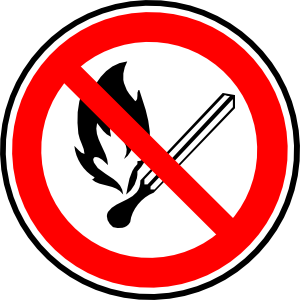Visual
Stimulus Comprehension
*Visuals
can be a picteures on their own or combined with words to convey meaning.
*Symbols,signs,maps,diagrams and storyboards use visuals for a purpose.
*All visuals contain a message. The message could be interpreted as a story,a warning,an advertisement or as information to educate or influence people to buy something or to take some action.
1.Understanding Symbols and Signs
*Symbols are internationally recognised visuals with a clear message.
*They are understood by people everywhere, no matter what language they speak.
*Symbols,signs,maps,diagrams and storyboards use visuals for a purpose.
*All visuals contain a message. The message could be interpreted as a story,a warning,an advertisement or as information to educate or influence people to buy something or to take some action.
1.Understanding Symbols and Signs
*Symbols are internationally recognised visuals with a clear message.
*They are understood by people everywhere, no matter what language they speak.
Look at
these familiar symbols used at airports, on road signs, etc, and their
meanings.
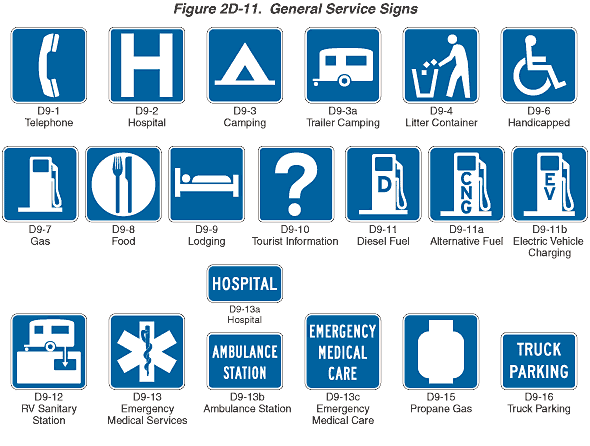
* signs use
symbols, colours, words or numbers to convey a message,
* road
signs can be a warning for driver safety (yellow signs),orders to be
followed (red signs),or additional
information (green signs),
*A sign with
a cross through it signifies something cannot be done.
look at these familiar signs and
their meanings.

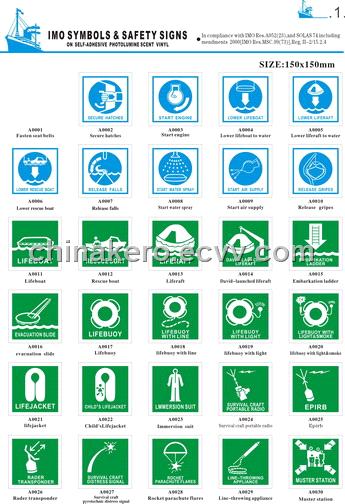

A. What do these
symbols mean? Write your answers on the lines provided.

|
|
means "Hospital"
|
|
|
|
means "Telephone "
|

|
|
means" No smoking"
|

|
|
the road is slippery
|
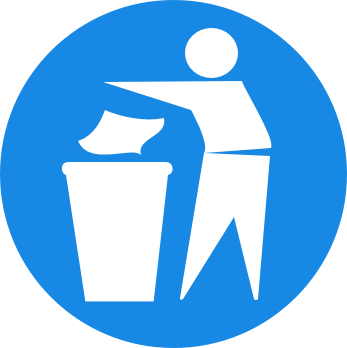
Keep Tidy inside
|

|
|
SPEED LIMIT 50
|

|
|
Handicapped Accessible
|
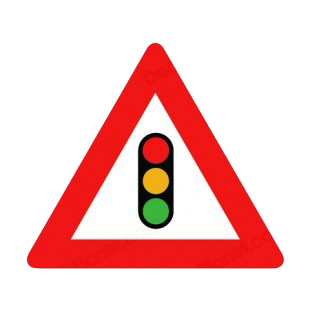
|
|
Traffic signals ahead
|
|
B. In a
sentence each, explain the message of these signs.
|
|
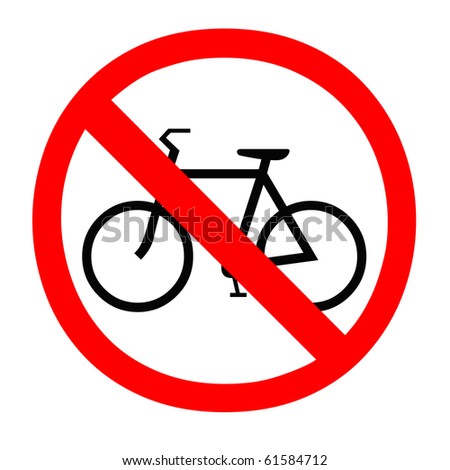
|
|
Bicycles
not allowed.
|
|
|
|
speed bump ahead
|
|
No campfires permitted.
|

|
|
Reduce. Reuse. Recycle.
|



